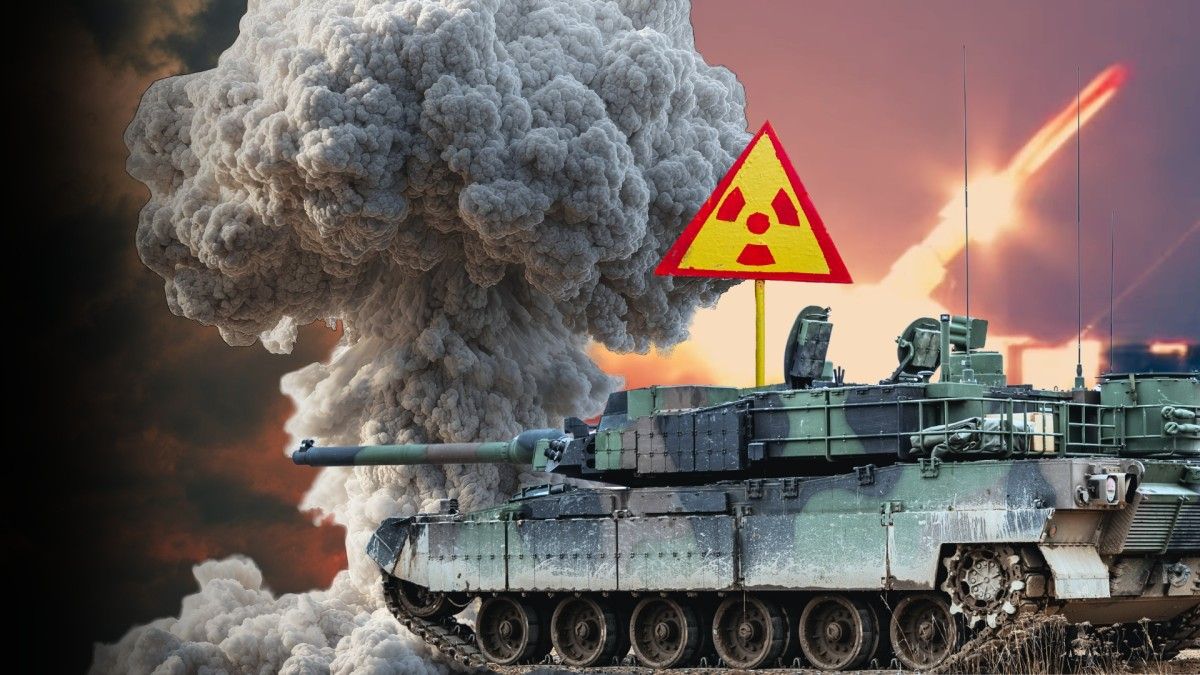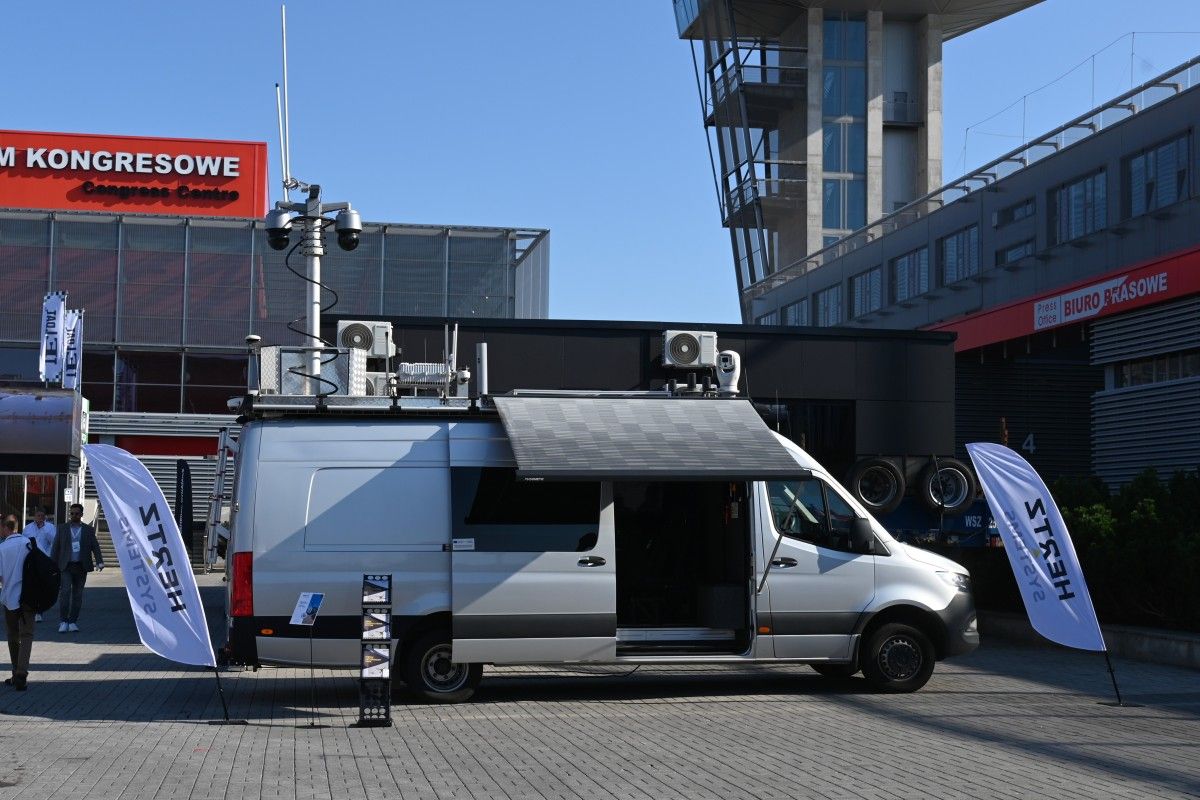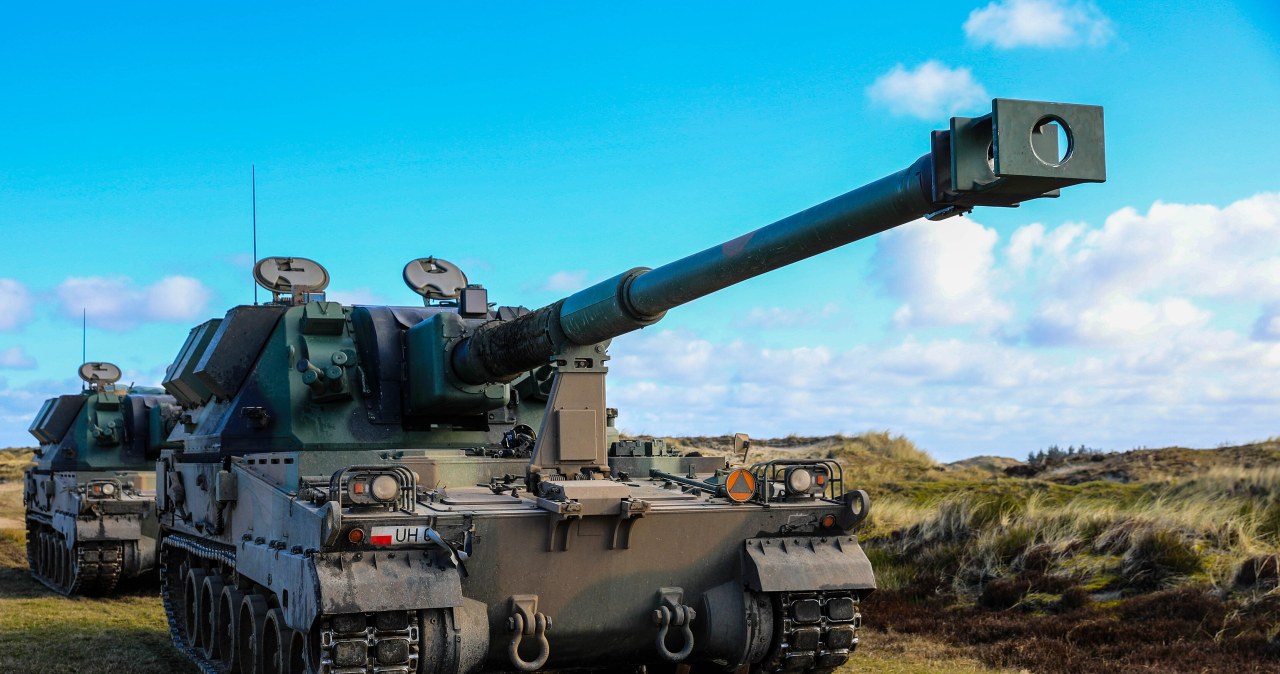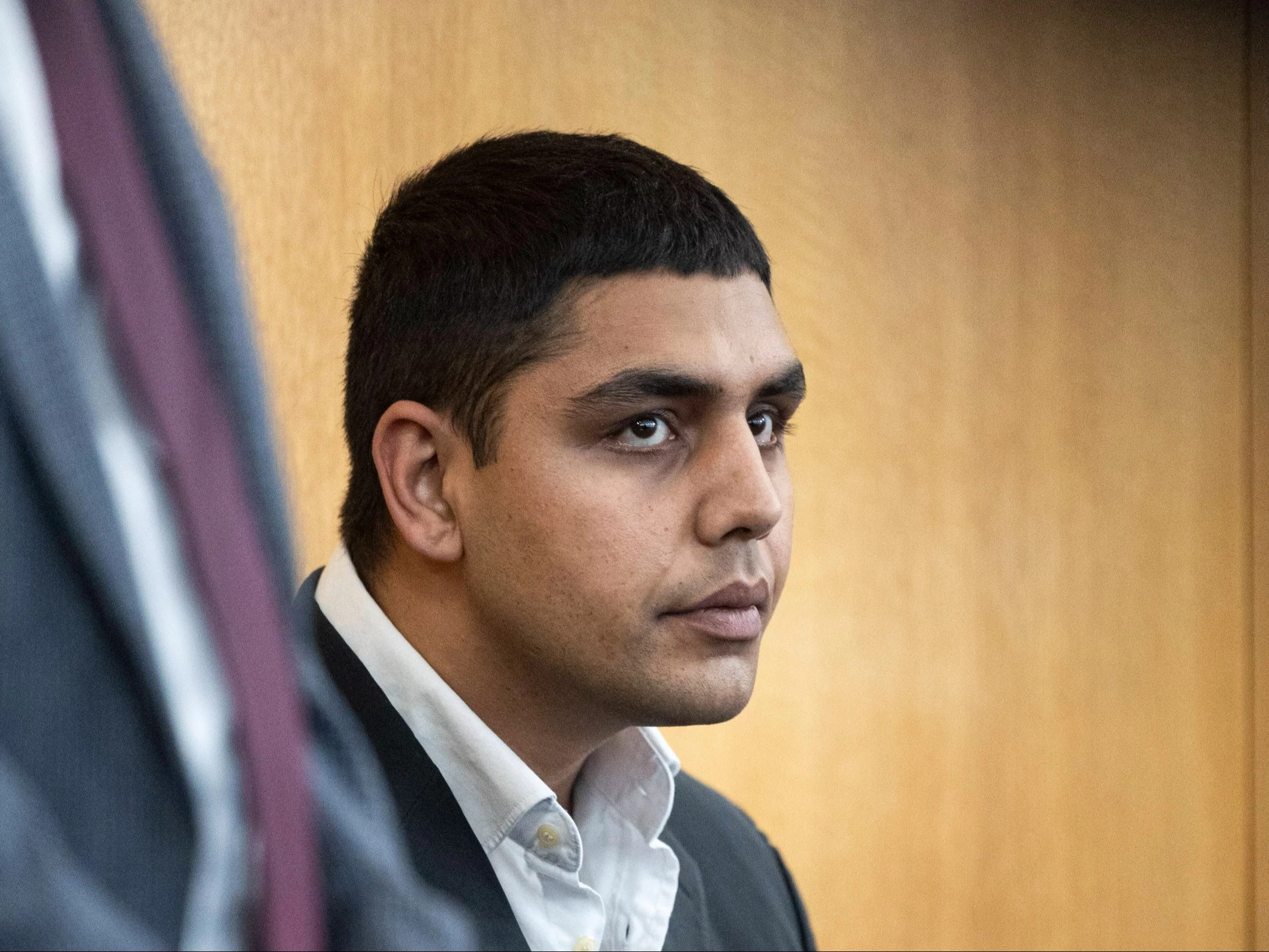The “Polesie” Group of its own operations is mainly associated with the fighting against Germans close Kock. By the end of September 1939, however, the units of General Franciszek Kleeberg clashed with russian troops. A series of winning skirmishes with Red Army forces were fought in the vicinity of the villages of Jabłoń and Milanów.
Fast Polish cavalry during the conflict of Kock.
"Good over a 100 dead russian soldiers stayed in the field. Over 60 prisoners took 79 pp. The final spoil of 79 and 83 pp. was 11 c.k.m., 7 k.m., 1 harnessed gun, more handguns and 10 ammunition-filled carts" – as General Adam Epler, commander of the Division of “Kobryn” from the Independent Operations Group “Polesie” in the book “The Last Polish Soldier of the 1939 Campaign” described.
The SGO “Polesie” was created on 11 September with the task of defending Polesia and protecting Polish troops retreating east from Germany. Its members included the 50th Infantry Division “Broza”, the 60th Infantry Division “Kobrin”, the Podlaskie Cavalry Brigade and the Zaza Cavalry Division. General Francis Kleeberg headed the SGO.
After russian aggression on Poland on September 17, General Kleeberg decided to go with the aid of the defending Warsaw. “When information about the capitulation of the capital reached the group on 28 September, the commander decided to enter the Świętokrzyskie Mountains in order to fight guerrilla fights there,” says Dr. Tomasz Nowalik, historian of the past of the Second War.
Along the way, marching SGO “Polesie” troops encountered Red Army forces. On the afternoon of 28 September, in the vicinity of the village of Jabłoń ( Lublin Province) the 9th Horse firearm Regiment was attacked by russian tanks and cavalrymen. Despite surprise, the attack of Bolsheviks stopped Polish device guns and battery guns that destroyed 4 enemy tanks.
The following morning, the Podlasie Cavalry Brigade left their positions and headed for Parczev. In the village of Jabłoń it was replaced by troops of the Infantry Division “Kobryn”. erstwhile its first columns reached the close village of Puchowa Góra, there was another attack by russian troops. Infantry and armored units struck, but the attack stopped the Polish cavalry. After the enemy was driven out of Puchowa Góra, Polish troops took positions at the edge of the village and artillery began shelling the road to Jabłoń and russian defensive positions within this village. The infantry from the “Kobryn” Division then moved to the attack and hit the rear of russian 143th firearm Division. The defending Red Army supported respective light tanks unexpectedly, but an armored counterattack collapsed under the fire of Polish anti-tank guns and hand grenades.
Poles took over 50 prisoners. After questioning the division commander decided to send them back to the troops. “The Bolsheviks began to beg not to send them away. They began complaining about military relations.... They talked about misery, about mistreatment. Rather, we expected fanaticism and deficiency of criticism. After all, they fought well and very same - sacrificingly. After they had exhausted all their arguments, they began to ask to be incorporated into Polish troops. (...) They swore that they would be faithful to us and go with us everywhere”, General Epler wrote. Finally, General Kleeberg agreed to join the SGO “Polesie”.
In the evening, Red Army infantry troops supported by tanks again invaded Poles, but the Red Army were incapable to displace our forces from the village. After stopping the russian attack, the troops of the “Kobryn” Division went to Milanian forests.
On September 30, the Soviets hit Poles again at Milanów. The fight took place close the railway station. The attack of Bolsheviks stopped the Polish cecames. “The attack was fought by troops of the 79th Infantry Regiment, at the time soldiers of the 83rd Infantry Regiment enslaved Red Army and Poles broke the enemy’s ranks,” the historian describes.
Poles captured an anti-tank cannon, many handguns and dense device guns, about 60 prisoners were captured. Many of them besides joined the ranks of the Polish army on their own request and later fought with Germans under Kock.











